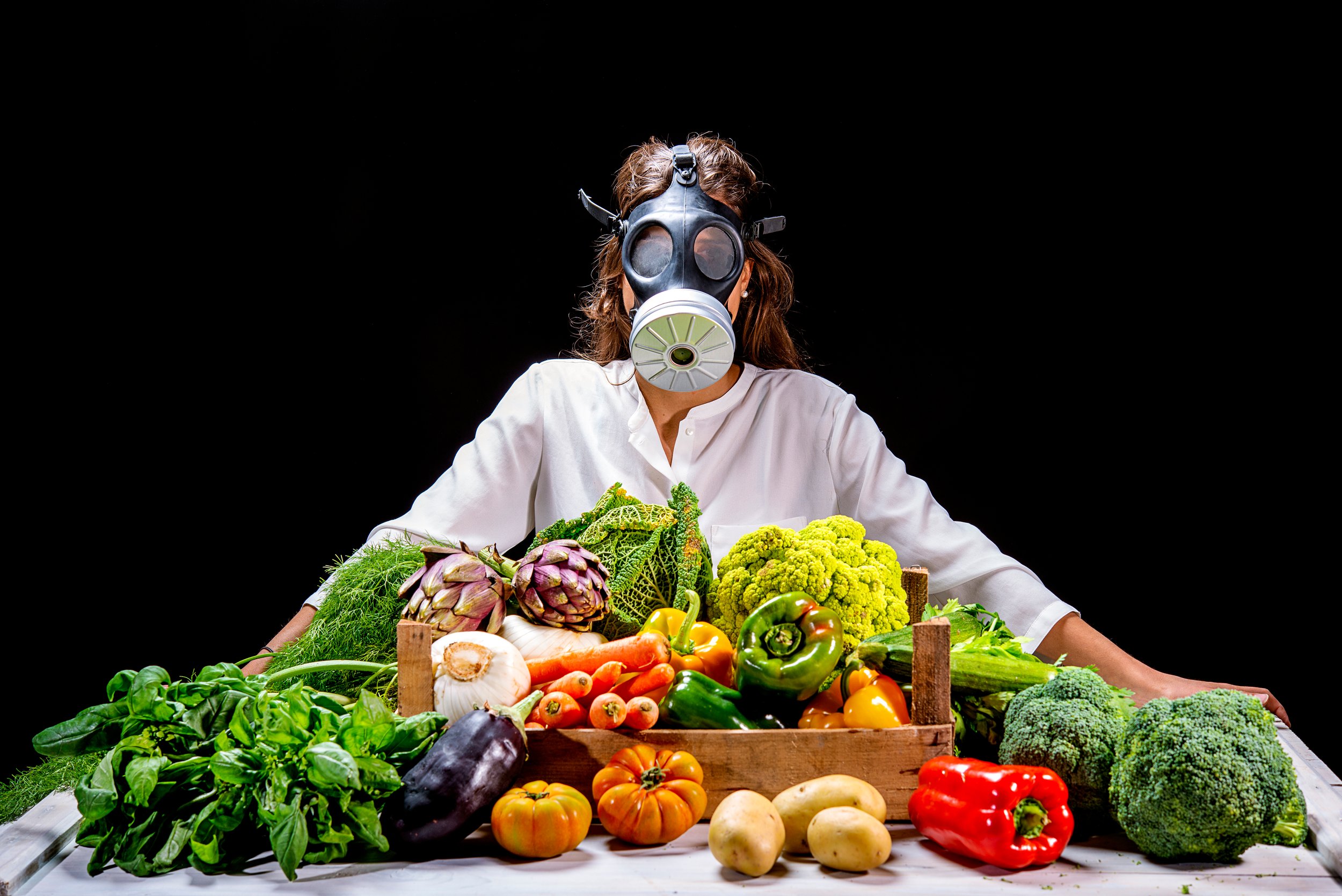Unmasking Glyphosate: What's Really on Your Plate?
Hey there,
🤔 Do you ever wonder what's really on your plate and what you're feeding your loved ones? Well, there's this funky thing called glyphosate that's worth knowing about. It's not just another big word - it's a herbicide that's often used on a wide range of crops, including wheat, soybeans, barley, oats, lentils, peas, canola, corn, flax, alfalfa, rye, triticale, sugar beets, cotton, buckwheat, potatoes, and millet. Sounds harmless, right?
💔 Here's the kicker: Glyphosate has been causing quite a stir in recent years, and not for good reasons. It's the active ingredient in many weed killers and is found in the very crops that often grace our dinner tables. But why should you care?
🌼 Let me share a personal touch with you. Our president's sister-in-law, a vibrant and health-conscious individual, was diagnosed with non-Hodgkin's lymphoma at 5 months pregnant. Sadly, she lost her battle with the disease. She was an avid consumer of fruits and vegetables, always aiming for a healthy diet, which, as you might guess, included the very crops that often get sprayed with glyphosate. In response, she started the Lymphoma Society to raise awareness.
🍽️ So, why is glyphosate bad? Well, it's linked to various health risks, environmental impact, and even food safety issues. We should know what's in our food and what we're feeding our families. It's a simple step toward a healthier and safer future.
🌎 Many of us know someone affected by cancer, making this issue incredibly personal. And have you ever considered how our water, food, and even what we put on our skin can build up layers of chemicals we were never supposed to have in our bodies? Is there a possible link? Let's start asking the important questions.
✨ Stay tuned because we'll be sharing more on this topic soon. Knowledge is power!




